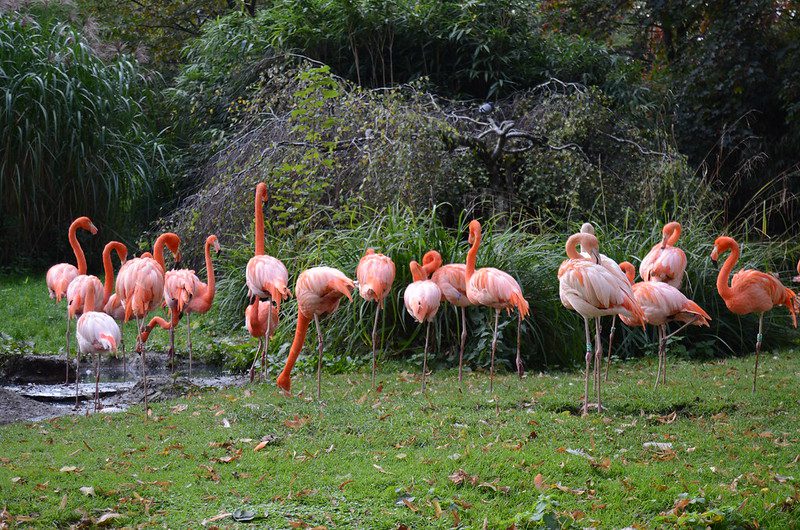Where to see flamingos in Uganda.
Where to see flamingos in Uganda: Queen Elizabeth National Park is the best place to see flamingos on a safari in Uganda.
Are there flamingos in Uganda?
With more than 1078 bird species, Uganda is one of Africa’s best places to go bird watching. Given the abundance of Flamingos in East African nations, it is unclear if Flamingos are a species of bird in Uganda. Indeed, Uganda is home to Lesser Flamingos, which are sighted by Ugandan birding safari visitors at Lake Munyanyange in Queen Elizabeth National Park’s Katwe region.
Which Ugandan lake is well-known for its flamingo population? – Where are the flamingos located?
Ugandan birding safari visitors can spot the Lesser Flamingos at Lake Munyanyange in Queen Elizabeth National Park’s Katwe region. Northeast of Katwe (Salt Lake area) town is Lake Munyanyange, a small seasonal shallow crater lake. One of the greatest concentrations of lesser black-backed gulls, Larus fuscus, and other waders may be found in the lake, which is also a significant migratory bird habitat.
Birds such as the White Browed Robbin Chats, Flamingos, Desert Cisticolas, and many others migrate to Lake Munyanyange from as far away as Kenya and Canada. With over 600 different bird species, Queen Elizabeth National Park is a top safari location in Uganda for birdwatchers.

Uganda’s Lesser Flamingo
The Lesser Flamingo, scientifically known as Phoeniconaias minor, is one of the unusual bird species that Ugandan safari hunters investigate. The Lesser Flamingos are the only species in the Phoeniconaias genus and are known to flourish in sub-Saharan Africa and some regions of India.
Despite being the smallest of all the Flamingo species, the Lesser Flamingo is a huge, tall bird that is often seen on Ugandan bird-watching safaris. It is between 80 and 90 cm tall and weighs between 1.2 and 2.7 kilogram. The wingspan is comparable to the body length, which is 90 to 105 cm from the beak to the tail. The Lesser Flamingo has pinkish white feathers.
It mostly consumes algae found in alkaline lakes and spirulina, just like it does at Lake Munyanyange, a popular tourist site in Uganda. The lesser flamingos construct a 30-cm-long mud nest during breeding to keep the temperature cool and avoid flooding.
Every bird deposits a single, chalk-colored egg, which is incubated for twenty-eight (28) days by both parents in 24-hour shifts. After hatching, the grey chick eats its shell and is followed for a few months by the parents who feed it a watery soup. The girls quickly become part of the thousands of crèches.
The best time to visit Uganda to view flamingos
Palearctic migratory, these birds arrive in Lake Munyanyange in October and leave in April. The lake is where thousands of these birds relax. Since it gets muddy at one point in the year, making it harder for wild creatures to sift through and hunt them, it’s safe for them. The birds congregate in the center of the lake during this time.
The Katwe Explosion Crater in Queen Elizabeth National Park, located in the west of the country, is where ardent birdwatchers on Uganda tours can see the Lesser Flamingos. Tree climbing is one of the other famous activities in Queen Elizabeth National Park that you may see when you go on a safari in Uganda.
Other locations where the Lesser Flamingo can be found include saline crater lakes in South-Western Uganda, such as Kasenyi, Bagusa, Maseche, Nshenyi, and Nyamunuka. These locations are all in or close to the Queen Elizabeth Conservation Area.




